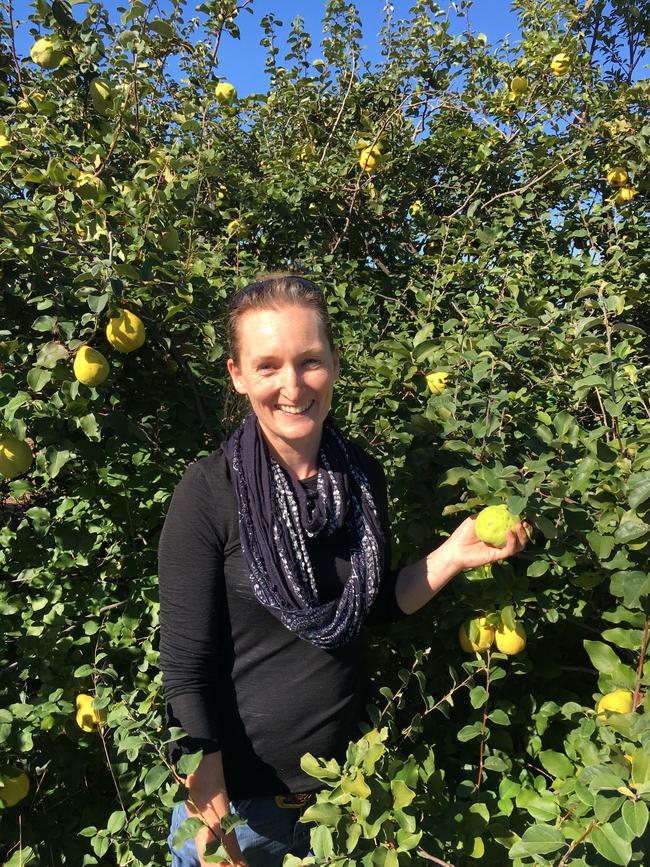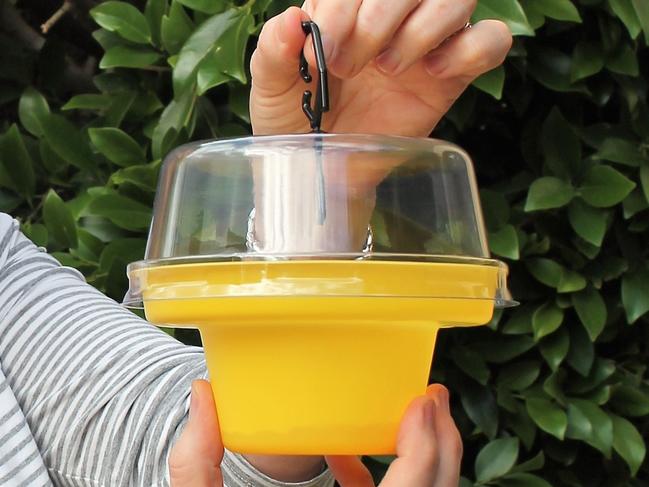Fruit fly attack: How Victoria’s fruit growing regions will tackle fruit fly
Fruit growers from Sunraysia, Goulburn Valley and Yarra Valley reveal their plans to tackle growing populations of fruit fly over the next two years.
Victoria’s three biggest fruit growing regions are preparing for an increase in fruit fly numbers after a mild winter.
Narelle Beattie, regional co-ordinator of the Greater Sunraysia Pest Free Area, said she had already detected high numbers of the pest in the north west of the state this spring.
”We’re predicting there will be another bad year this year, which is why it’s really important that everyone gets on top of things really quickly in the spring now,” she said.
The picture across the state was similar, with regions as far south as the Yarra Valley concerned that this year’s mild winter meant fruit fly populations had survived the cooler weather.
Yarra Valley fruit fly prevention and management co-ordinator Bronwyn Koll said monitoring programs had detected the pest in Melbourne’s northern suburbs, and she would be closely monitoring for any incursions into the Yarra Valley, which was currently fruit fly free.

Melbourne suburbs are not eligible for funding under Victoria’s Fruit Fly Strategy because they are not fruit growing regions, but their proximity to the Yarra Valley means there is always a risk of someone bringing the pest with them when visiting, Ms Koll said.
Greater Sunraysia, Goulburn Valley and Yarra Valley were last week awarded $2.9 million in grant funding by the Victorian government to control the spread of Queensland fruit fly as part of the Victorian Fruit Fly Strategy.
Agribusiness Yarra Valley was allocated $798,716 in funding under the Victorian Fruit Fly Strategy for the two years to 2023, an increase on the $178,840 allocated in 2020.
Ms Koll said Agribusiness Yarra Valley had partnered with Nillumbik Council to deliver education programs to home gardeners in Melbourne’s north and would continue to monitor surveillance traps throughout the Yarra Valley.
In a new initiative, the organisation plans to trial a new waste management technique using fermentation tanks for fruit and berry waste over the next two years.

In Sunraysia, Mildura Rural City Council was allocated $1,129,998 over two years to 2023, a slight increase on the $511,900 it was allocated in 2020.
Ms Beattie said the money would be spent continuing existing programs, including one-on-one coaching for backyard growers and the removal of backyard fruit trees.
In the Goulburn Valley, Moira Shire Council received $1,040,629 for the two years to 2023, a slight decrease on the $522,800 it received in 2020.
Regional co-ordinator Ross Abberfield said the organisation planned to continue a range of successful initiatives, including airdrops of sterile fruit flies over Cobram, a program that has so far reduced Queensland fruit fly populations by 70 to 80 per cent over its three year lifespan.




